

Hannah Brayshaw




Written and Illustrated by Hannah Brayshaw

Welcome to the European Alps! The Alps are a huge mountain range in the middle of Europe, they stretch across eight countries including, France, Italy, Switzerland, and Germany!
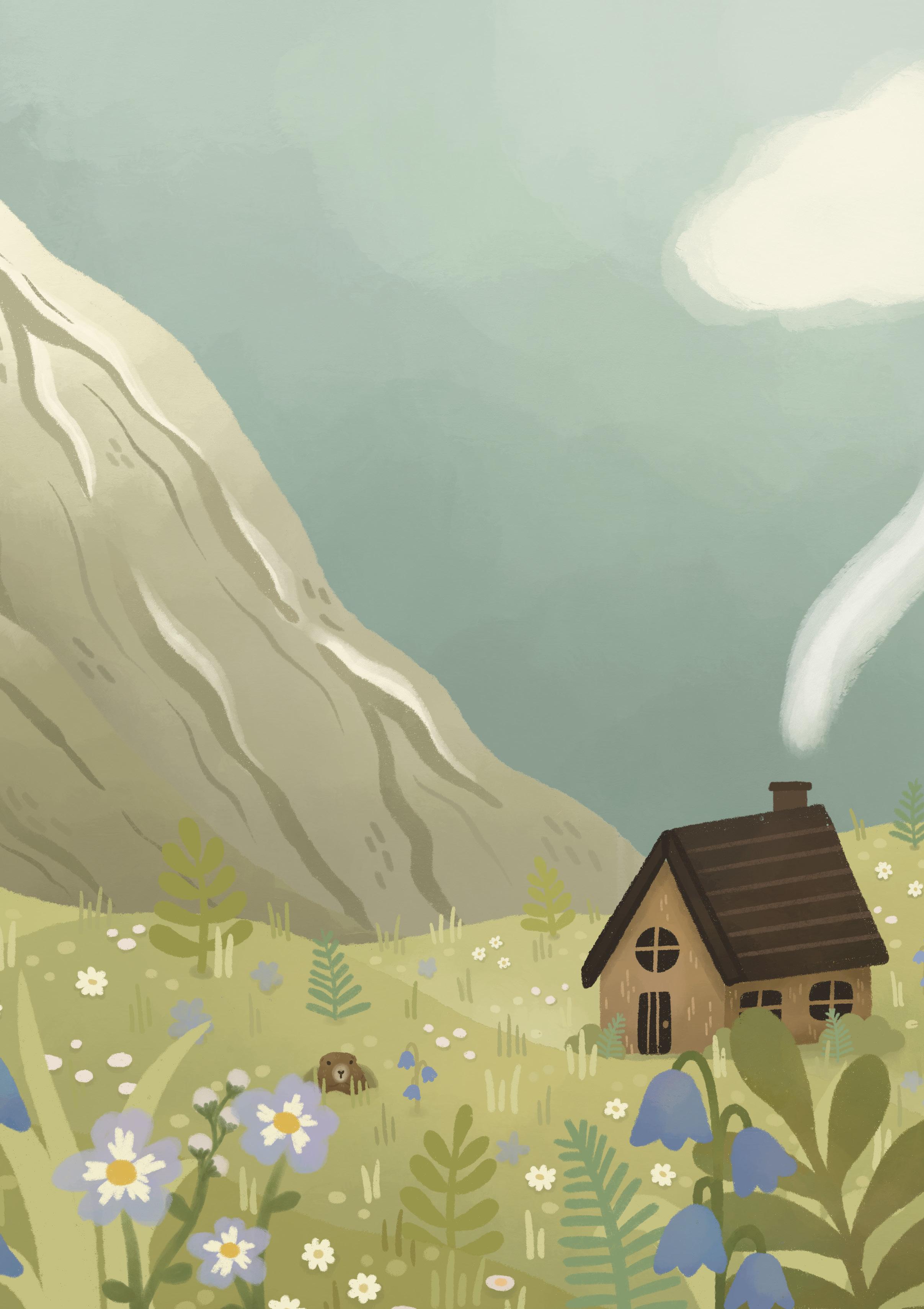
The Alps formed tens of millions of years ago! Two pieces of Earth’s crust slowly crashed together which pushed up the land, creating the tall, rocky mountains that we see today.
The weather in the Alps depends on where in the mountain range you are, the higher up you are the colder it gets. The mountain peaks are very cold, often covered in lots of snow and ice. Animals and plants live in different areas of the mountains depending on whether they prefer the warm or the cold!

The Alps are changing. The warmer weather is causing glaciers to shrink and less snow to fall, the ground is becoming drier and ice in the mountains is melting. This means the snowy season is getting shorter. In some places like the Mont Blanc area the ground is covered in snow a month less than it was 50 years ago!
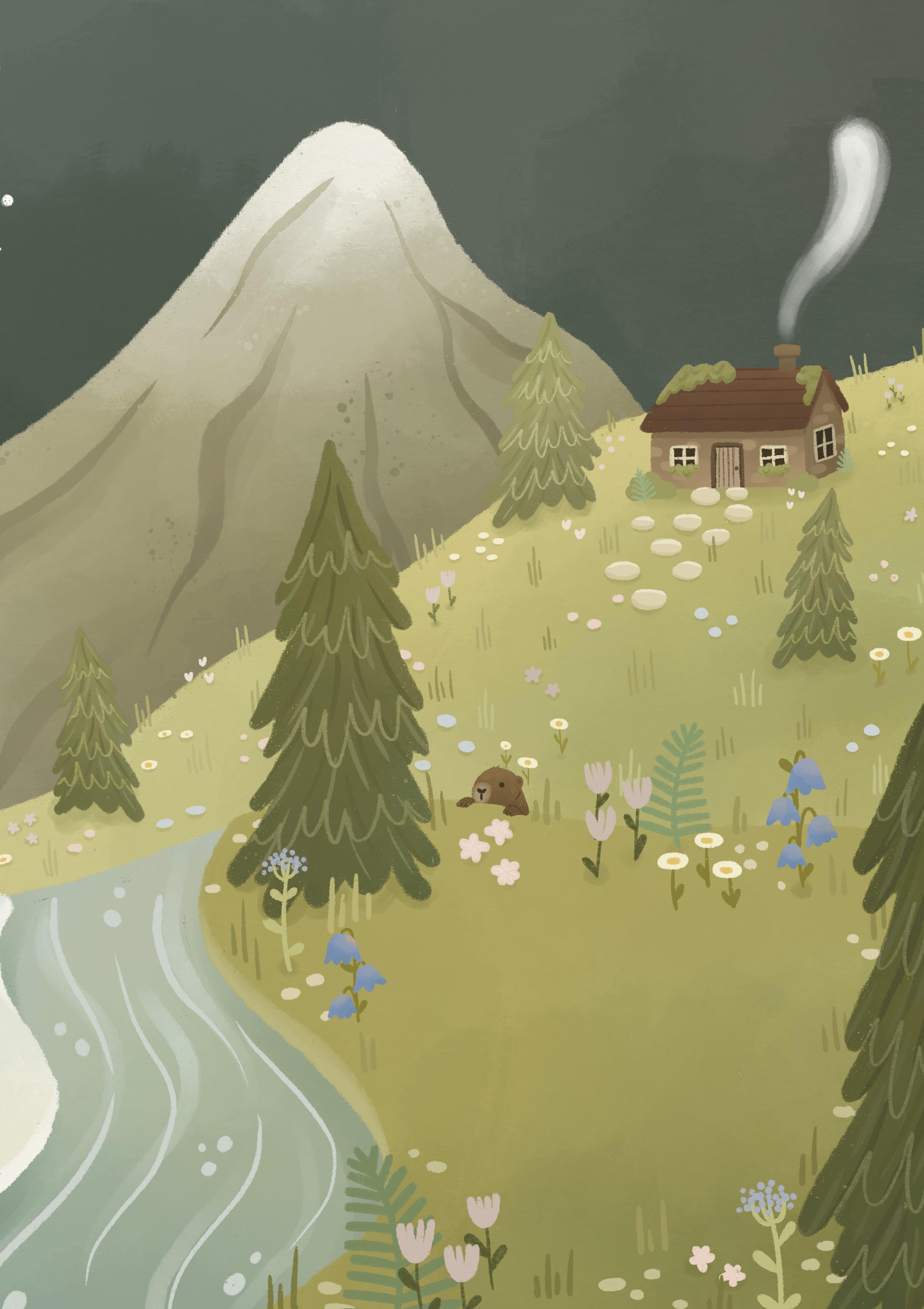
The warmer spring and summer temperatures are making the snow melt faster. These changes affect the plants and animals that live here, but nature is always finding ways to adapt!
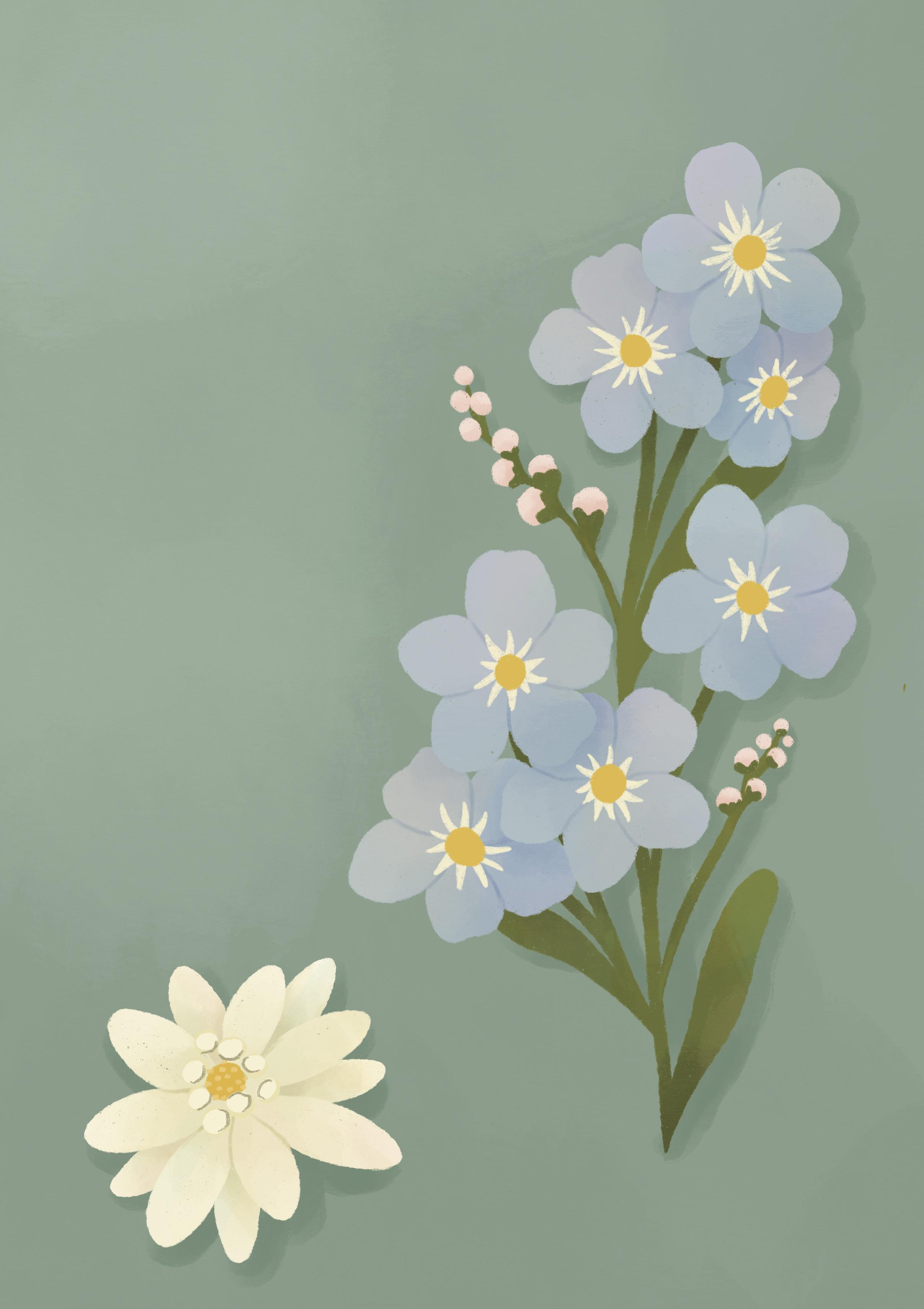
The Alps are home to around 4500 plant species, 8% of these are only found in the Alps! These plants have adapted to survive the harsh mountain environment. Above the forest line, the weather is cold and windy, heavy snow covers the ground in winter. To survive, some plants grow low to the ground, this helps them stay safe from strong winds and carry the weight of the heavy snow.
Other plants have huge root systems that anchor into the rocky soil and store extra water and nutrients. This is important since water sources are becoming harder to come by in the Alps so plants need to save as much water as possible!
Some plants also grow in groups, really close together to form cushion like foliage, this protects them from the harsh weather.
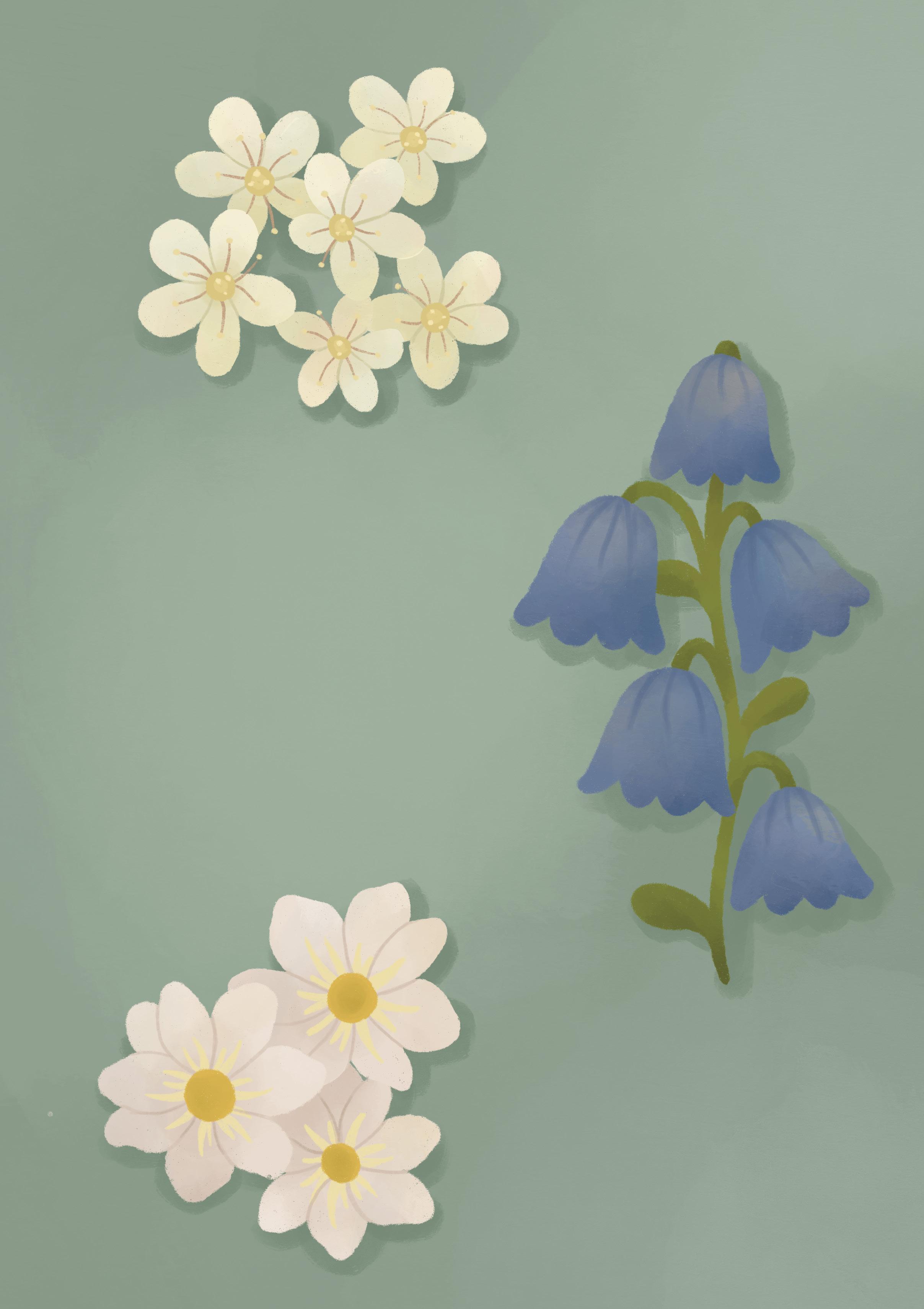
Some of the plants you’ll see in the Alps are, bluebells, forgetme-nots, edelweiss, saxifrage, alpine crocus’ and many, many more!
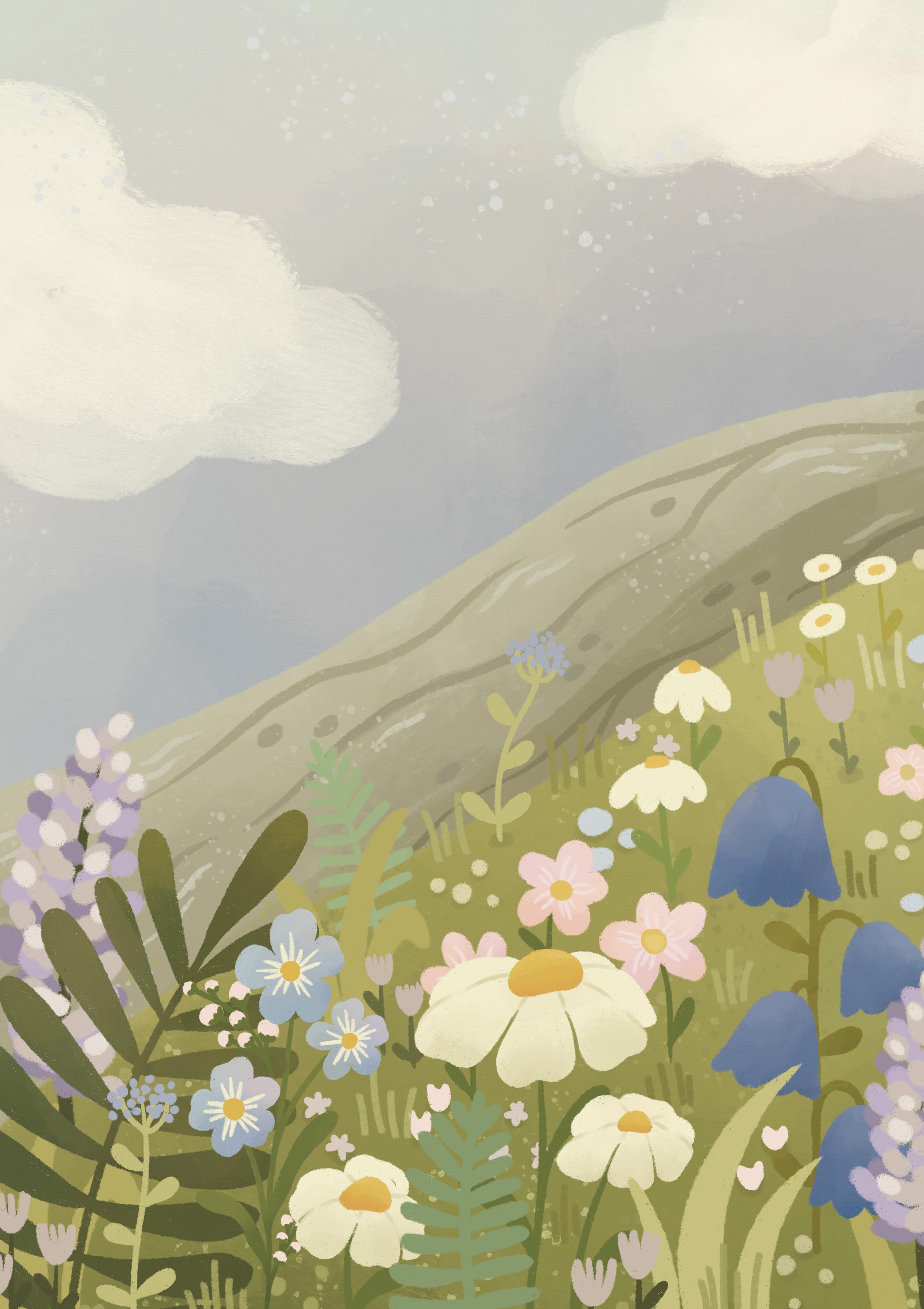
As the mountains get warmer, some plants are moving higher up to find cooler places to grow. For example, alpine forget-me-nots are now found to be living much further up in the mountain range.
People are working hard to protect the plants in the Alps. Nature reserves help to keep rare plants safe, while scientists study how they’re adapting to climate change.
Some projects even replant endangered species in safe areas to help them survive for the future!

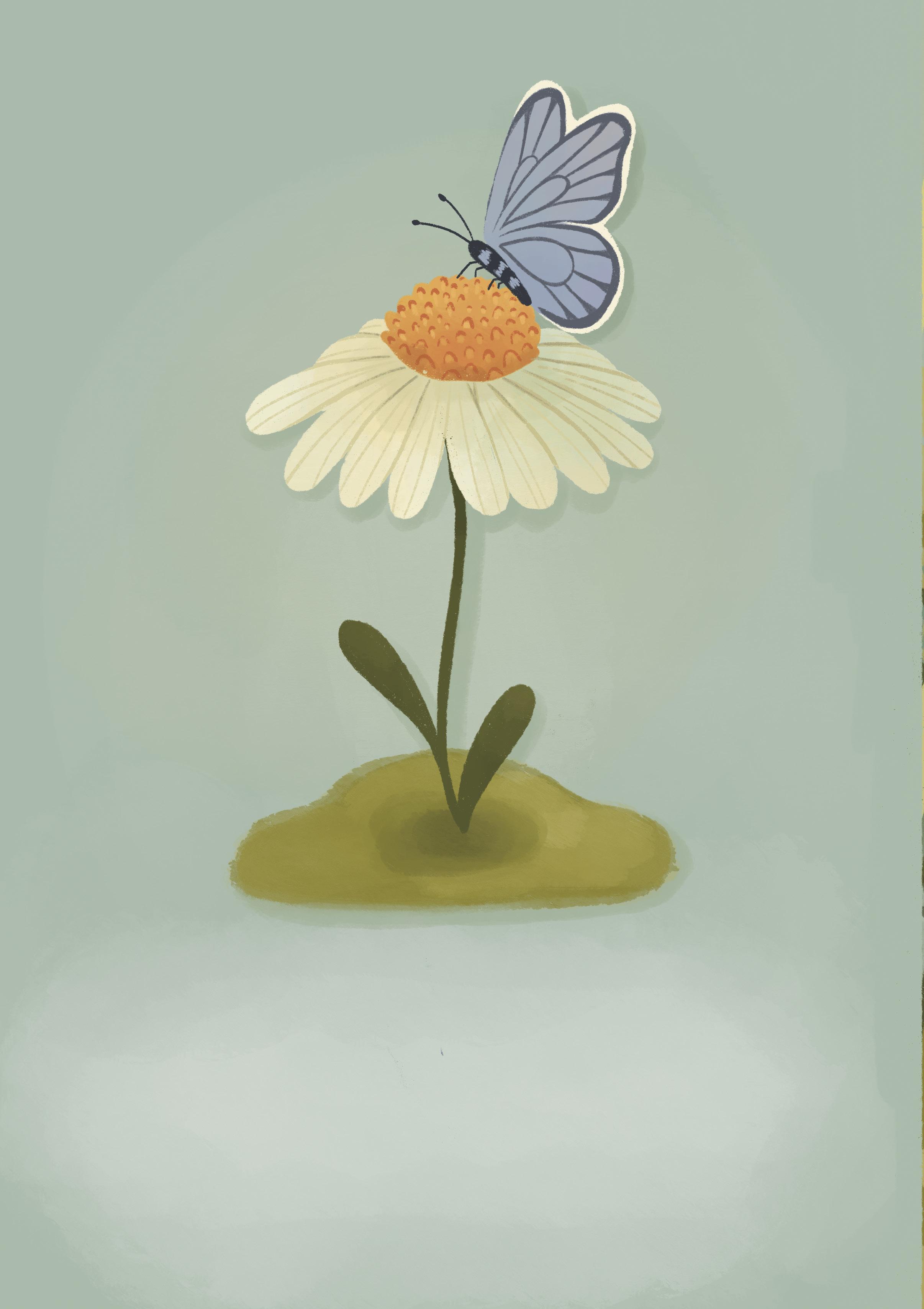
The Alps are home to thousands of beautiful butterfly species, they play an important role in the ecosystem by helping to pollinate flowers as they flutter from plant to plant. Some of the species you’ll find are, the apollo butterfly, the black-veined white butterfly, the cabbage white butterfly, the queen of spain fritillary butterfly and the alpine argus butterfly.

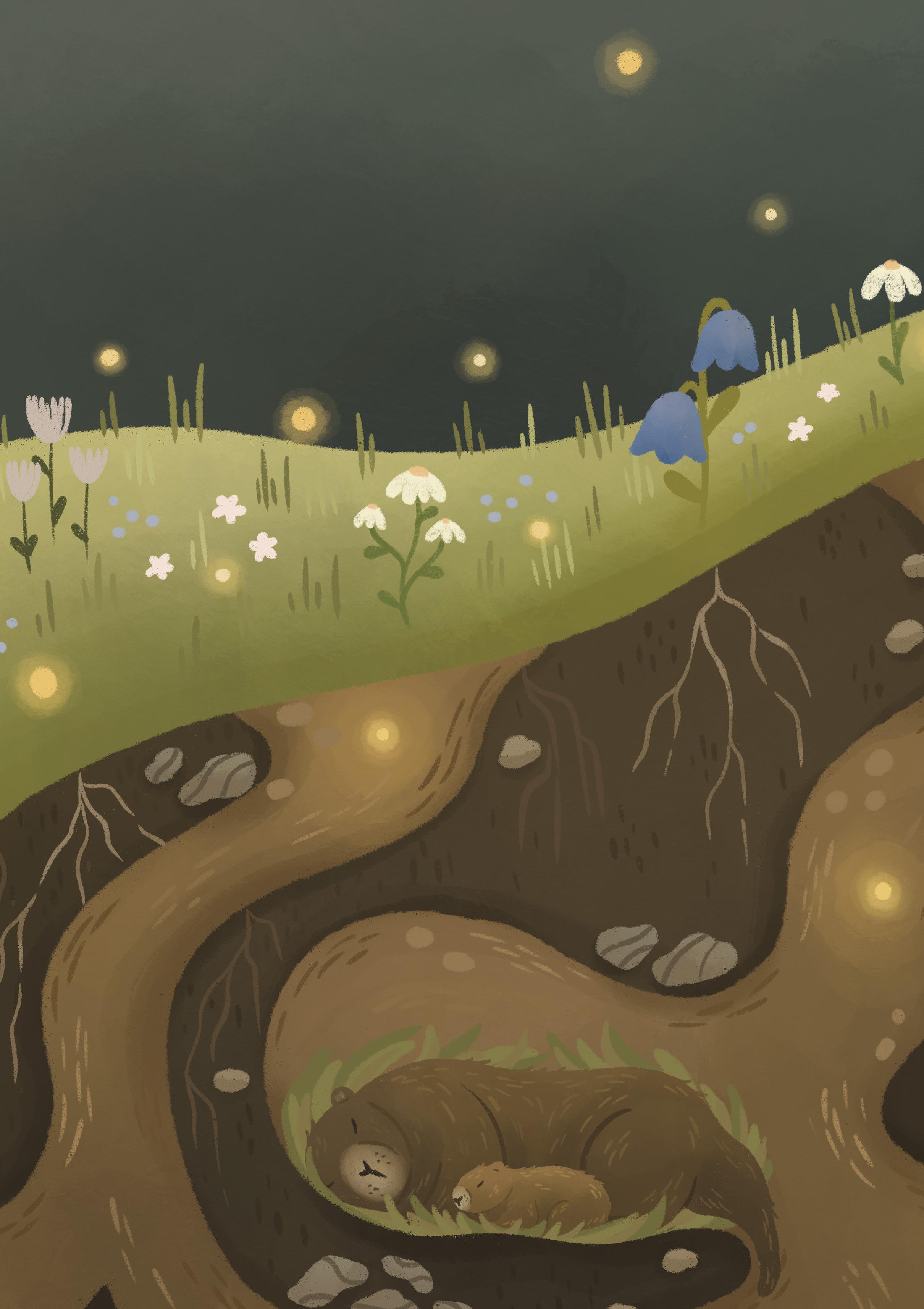
As well as plants, the animals that call the Alps their home are dealing with the changing climate. They have to find new ways to adapt to the shifting weather. High in the mountains is where you’ll find a marmot, these big rodents create deep burrows where they live in family groups.
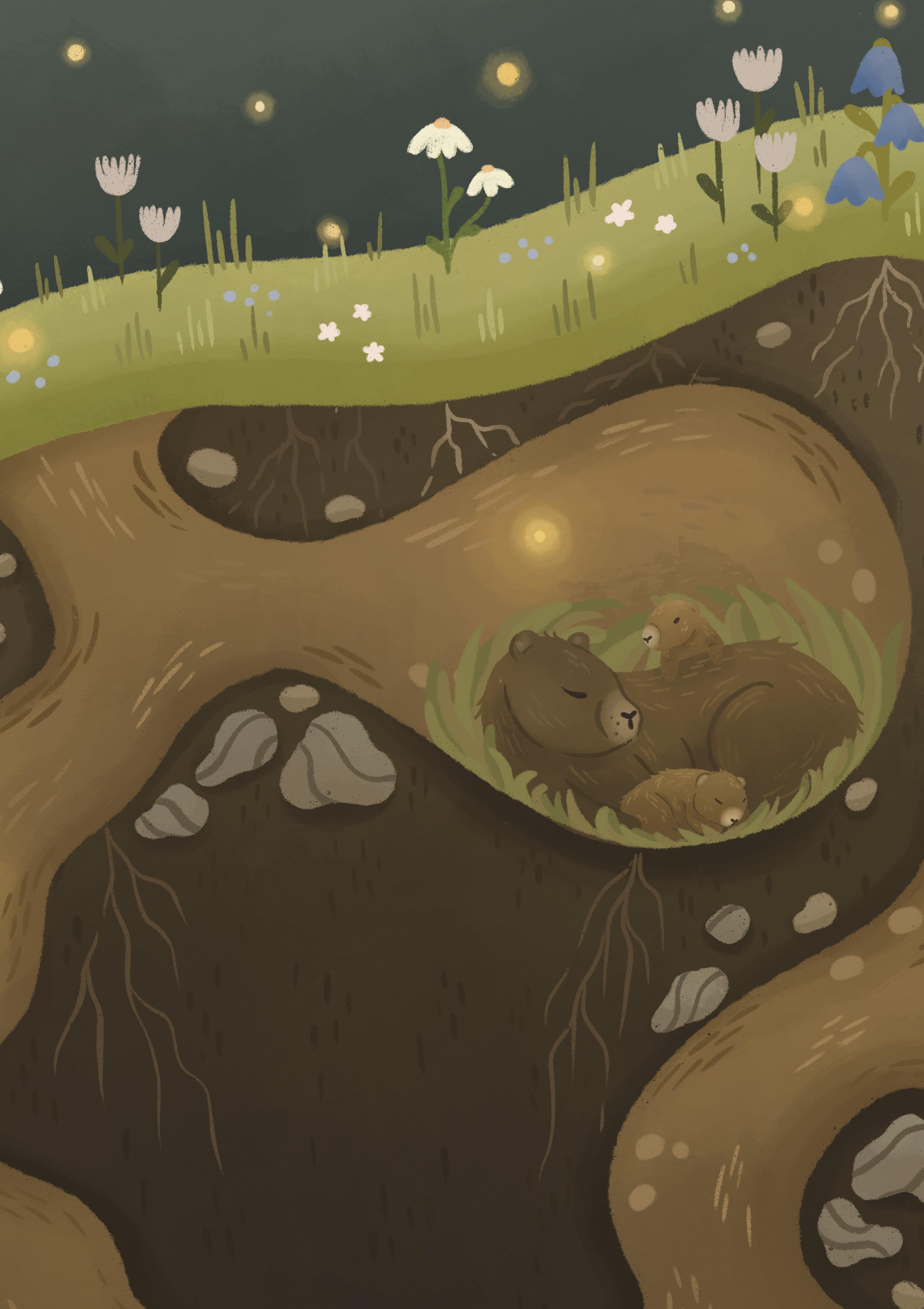
When winter arrives, marmots snuggle underground for one of the longest hibernations of any mammal. They sleep from October to April, their body temperature drops to just 8°C and their heartbeat slows to just twice a minute.

The mountain hare is a master of disguise! In winter, their fur turns pure white helping them blend in with the snowy mountains and when spring arrives, the hare sheds its white coat and turns brown or grey matching the rocky landscape. But climate change is making life a little more difficult for these hares. Winters are shorter and the snow is melting faster. This means some hares still have their white winter coats in spring, making them easy to see. WIthout their natural camouflage they are at risk from predators.
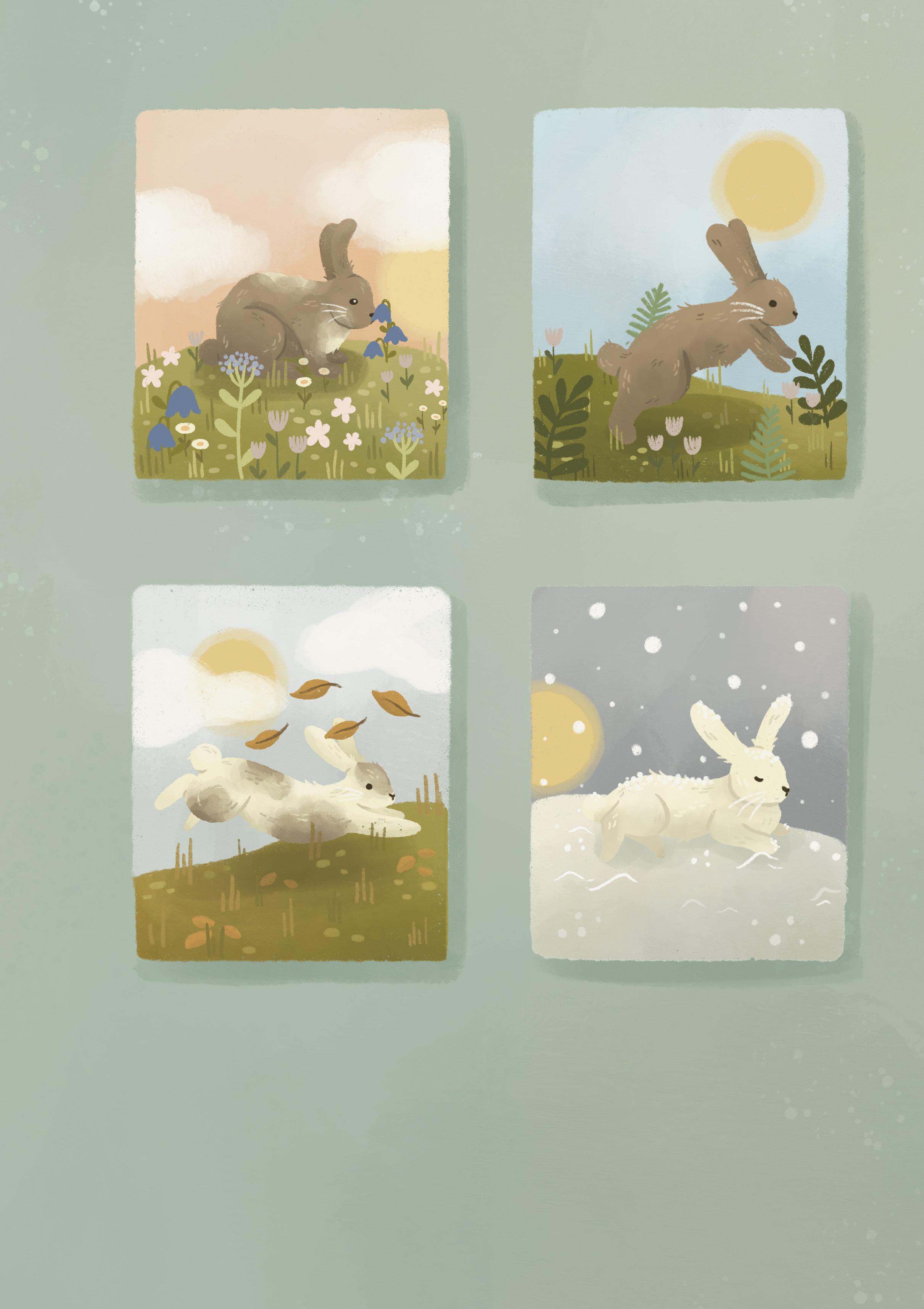
To help mountain hares, scientists are studying how they adapt to the changing seasons. Protecting alpine habitats and slowing climate change will give these animals a better chance to survive.
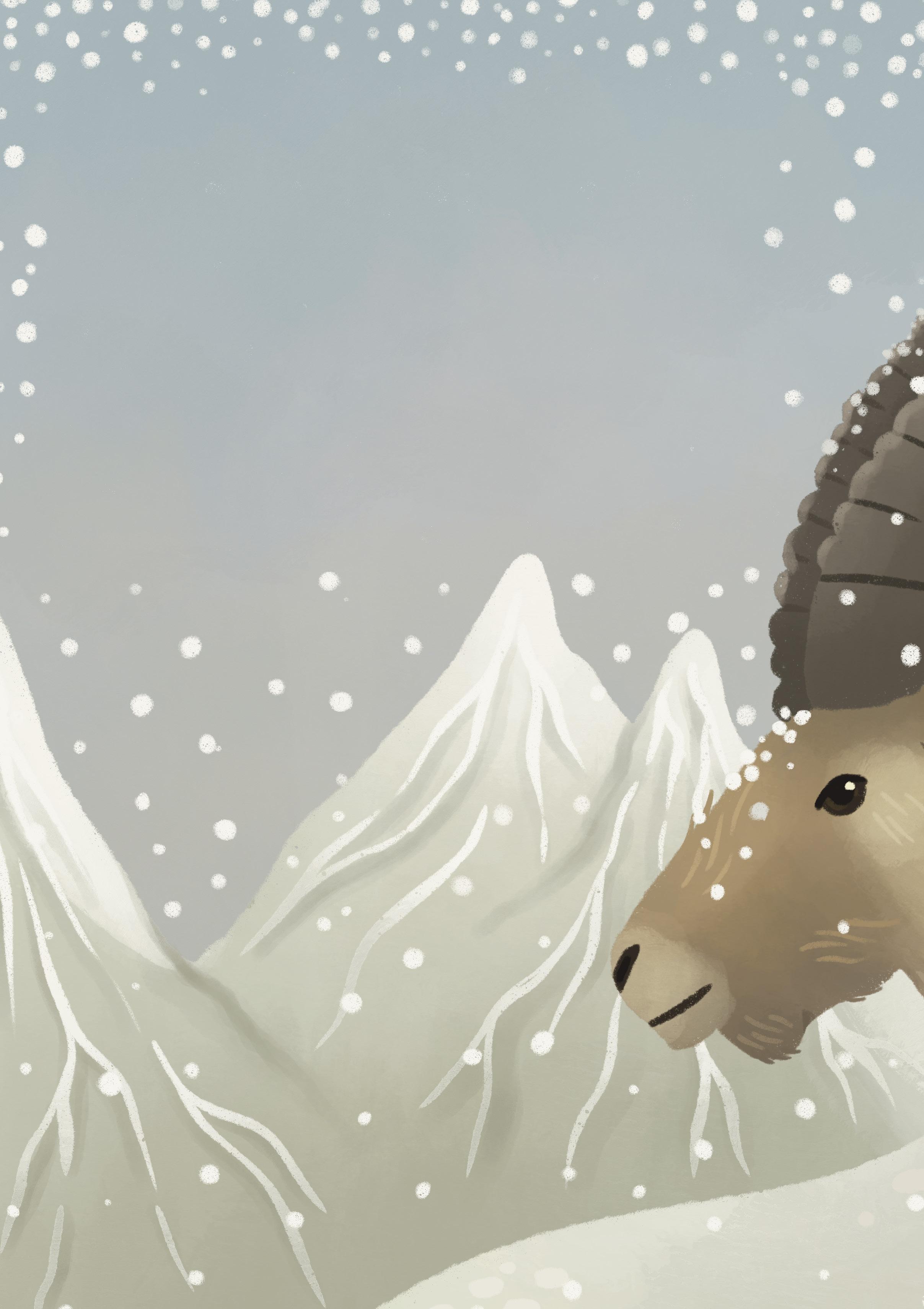
The Alpine Ibex is perfectly suited to life in the steep, rocky mountains of the Alps. With their large, curved horns and thick fur, they can survive in freezing temperatures at high altitudes where few other animals can live.
At one point in the 19th century there were fewer than 100 ibex left in the Alps due to overhunting, but thanks to conservation efforts the ibex population has increased incredibly, there are about 30,000 ibex living in the Alps now!
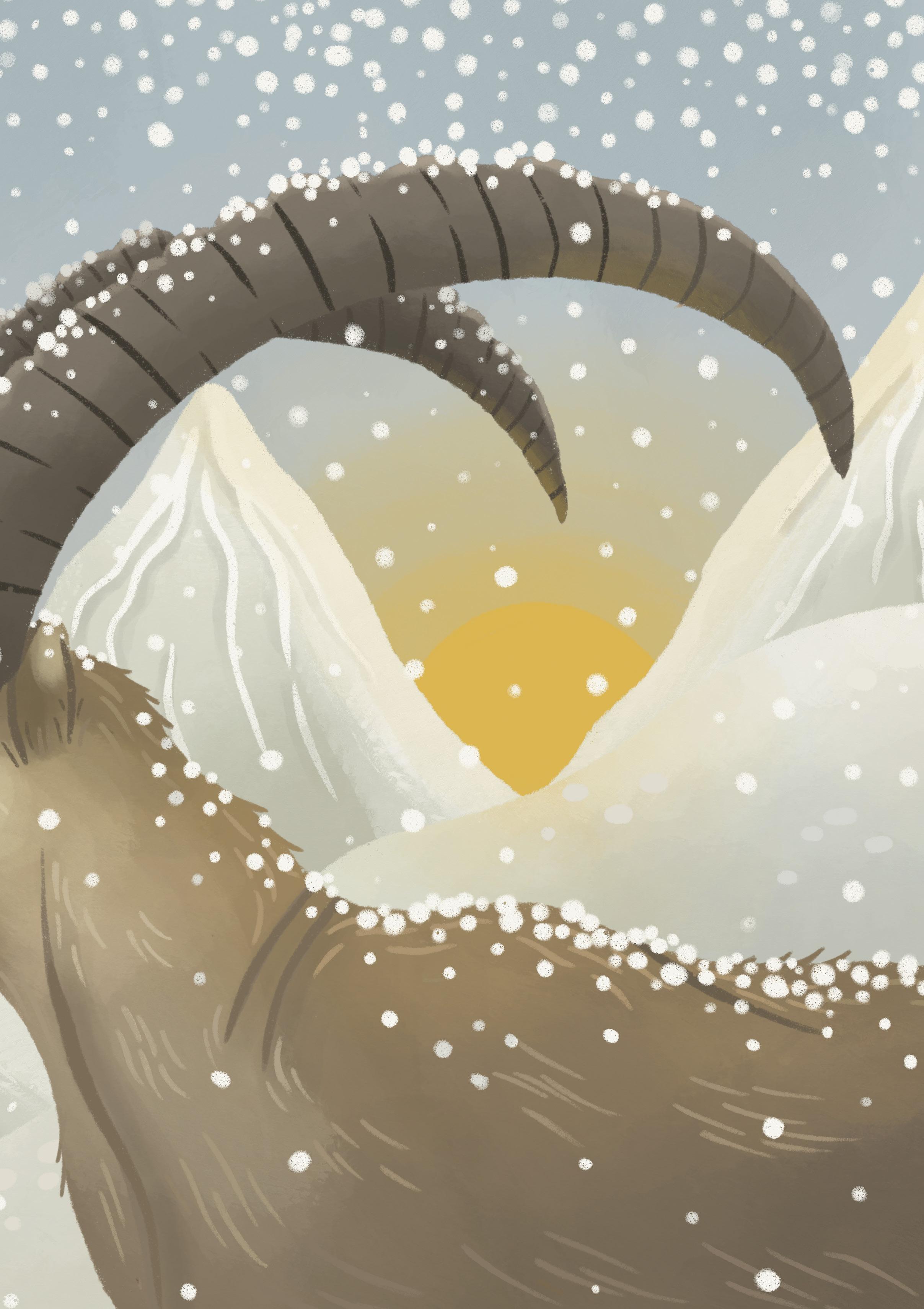
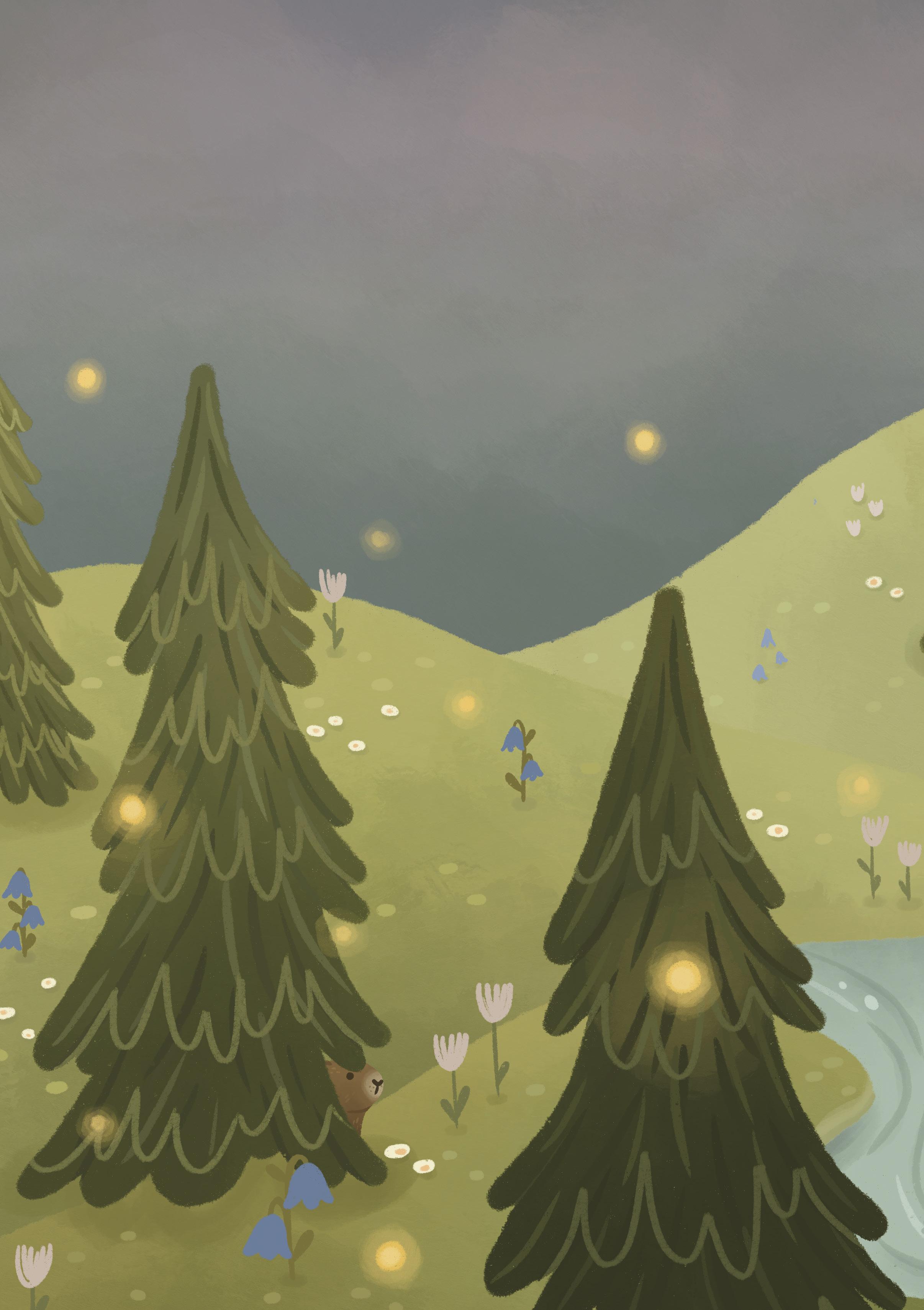
The brown bear has had some trouble surviving in the Alps. By the 1990’s there was only a small group of just 3 or 4 bears left in the Alps. Now they are slowly returning by being reintroduced to their old habitats, but there are still some challenges.
Most of the bears moving to new alpine areas are males, and without female bears, the population can’t grow. So, the road to recovery is difficult. Hopefully with conservation efforts the brown bear might one day roam the mountains again!
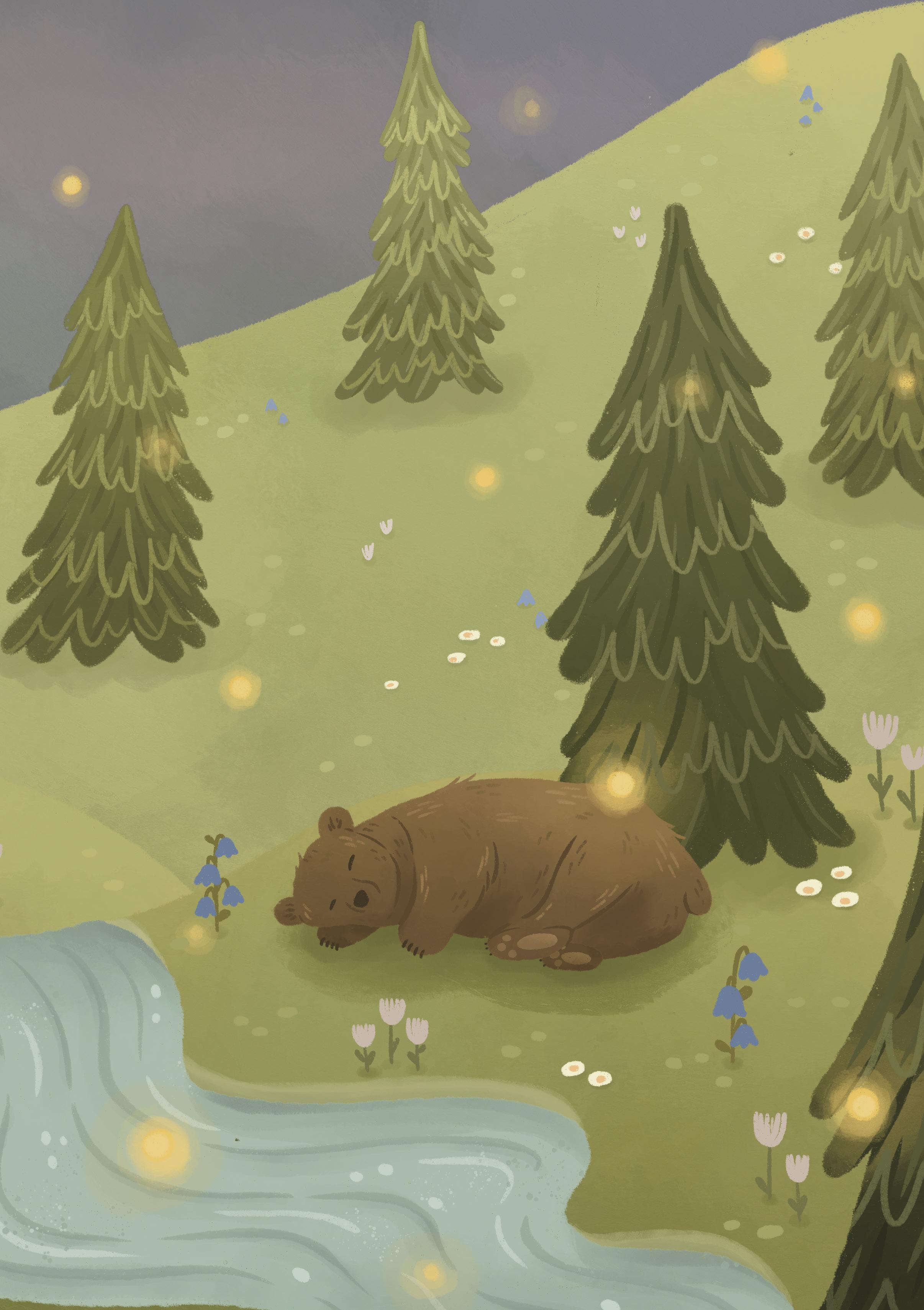
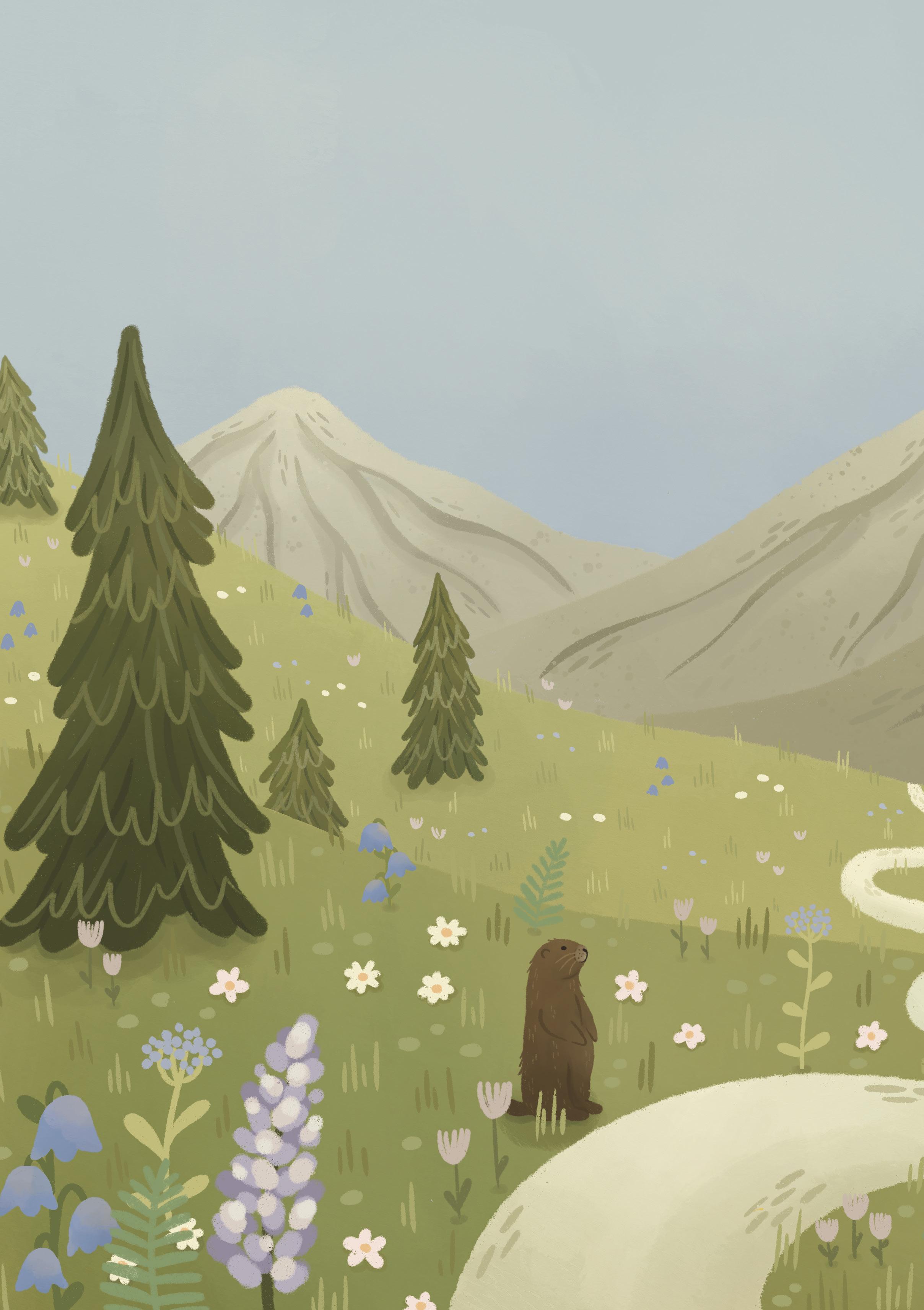
The Alps are always changing. While warmer temperatures and shifting weather brings new challenges for the plants and animals, the Alps are also a place of hope and resilience!
People and organisations are working hard to protect the Alps and help wildlife flourish.

Conservationists are helping endangered species return to their alpine homes. And protecting rivers and lakes restores water sources for plants and animals. Through these conservation efforts the Alps can continue to be a thriving and safe home for wildlife!
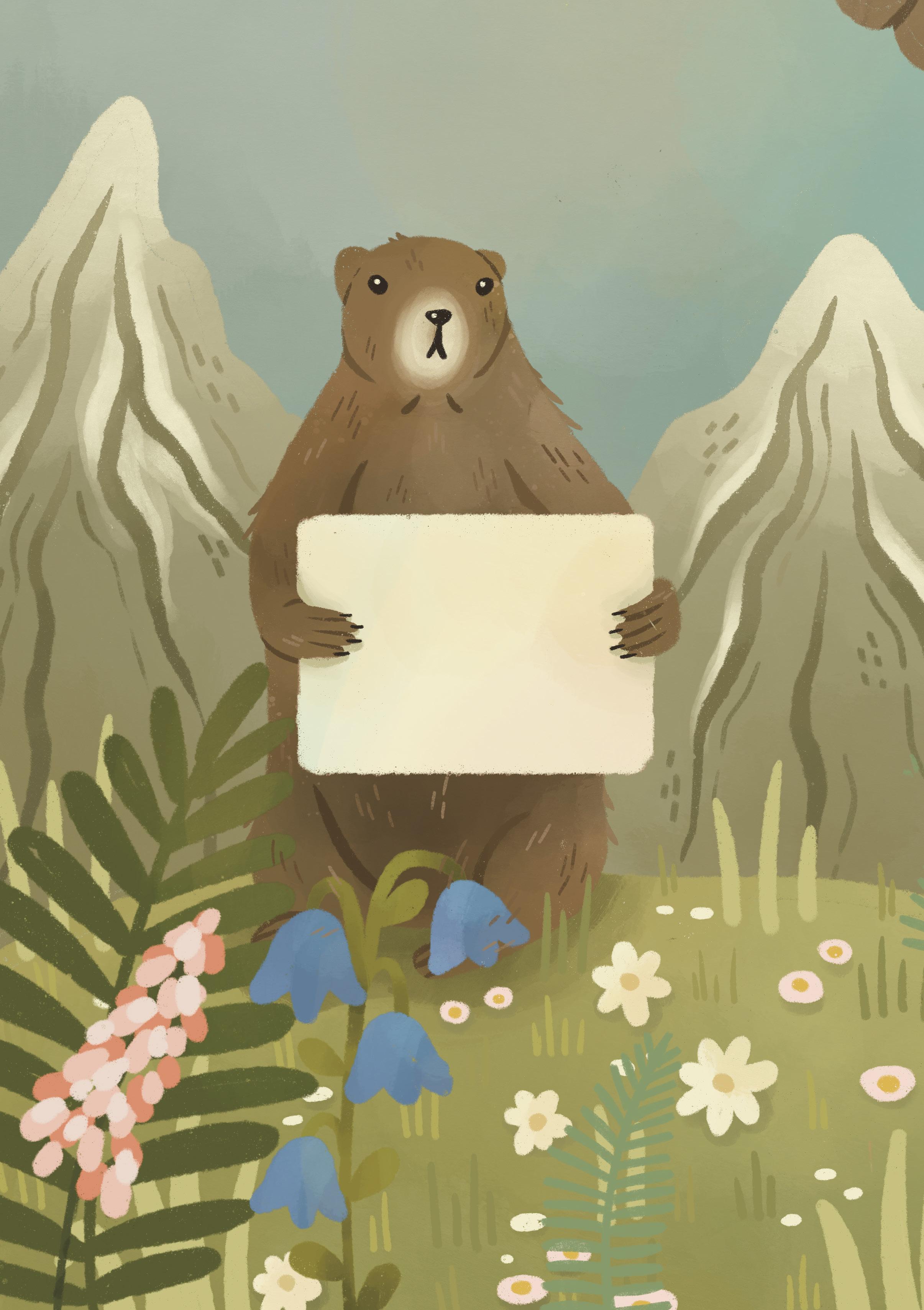
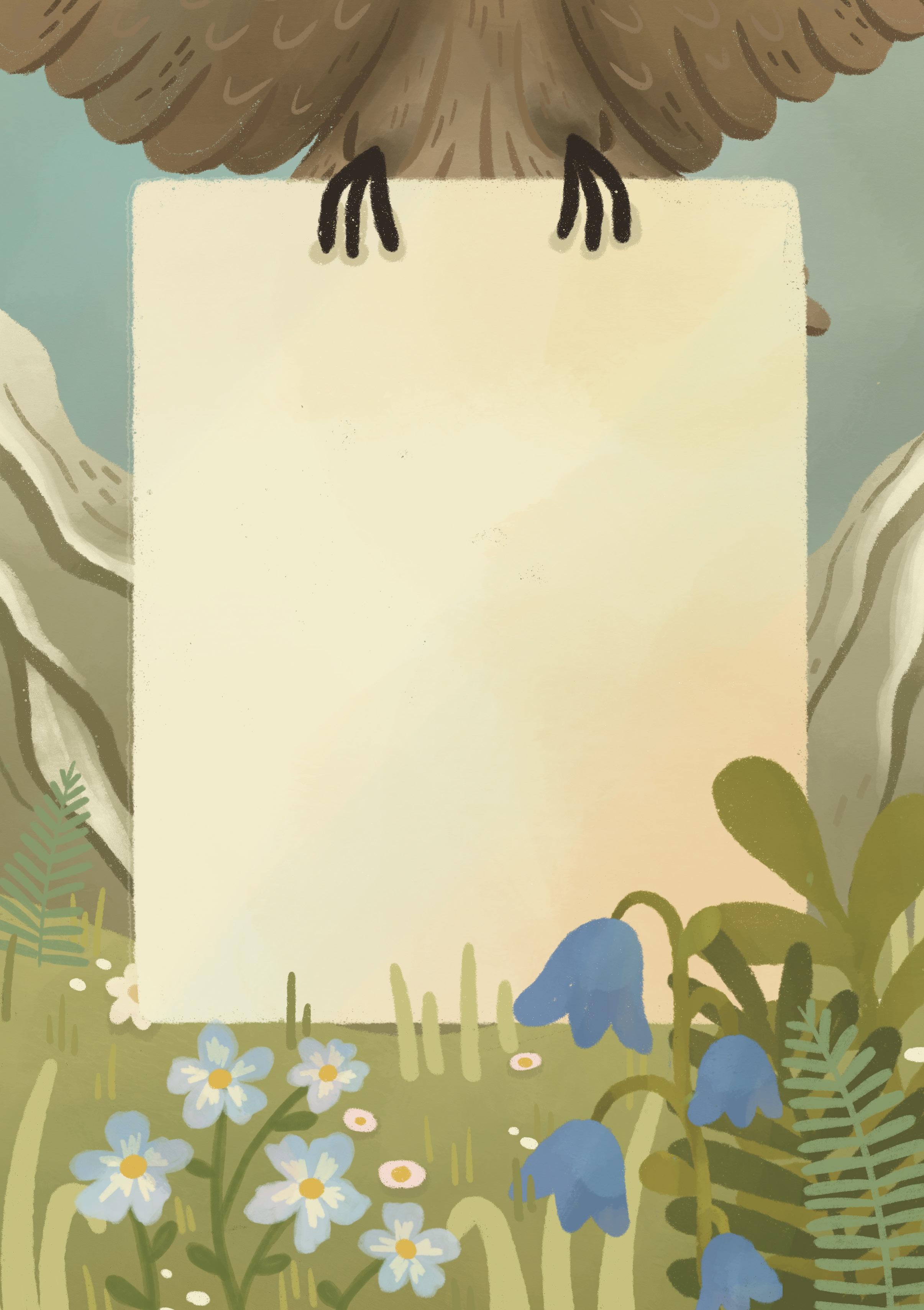
Although you may live far away from the Alps, we all have an important role to play in reducing climate change and even the smallest action can make a difference!
Reduce, reuse, recycle! Using less plastic and recycling our packaging can keep nature clean and safe for wildlife. You can save energy by turning off lights, this helps to keep the planet cool.
By protecting the Alps, we’re also helping the whole planet! Cleaner air, less pollution and a healthier climate benefits people and wildlife everywhere!

There are 13 marmots in this book! Have you found them all?



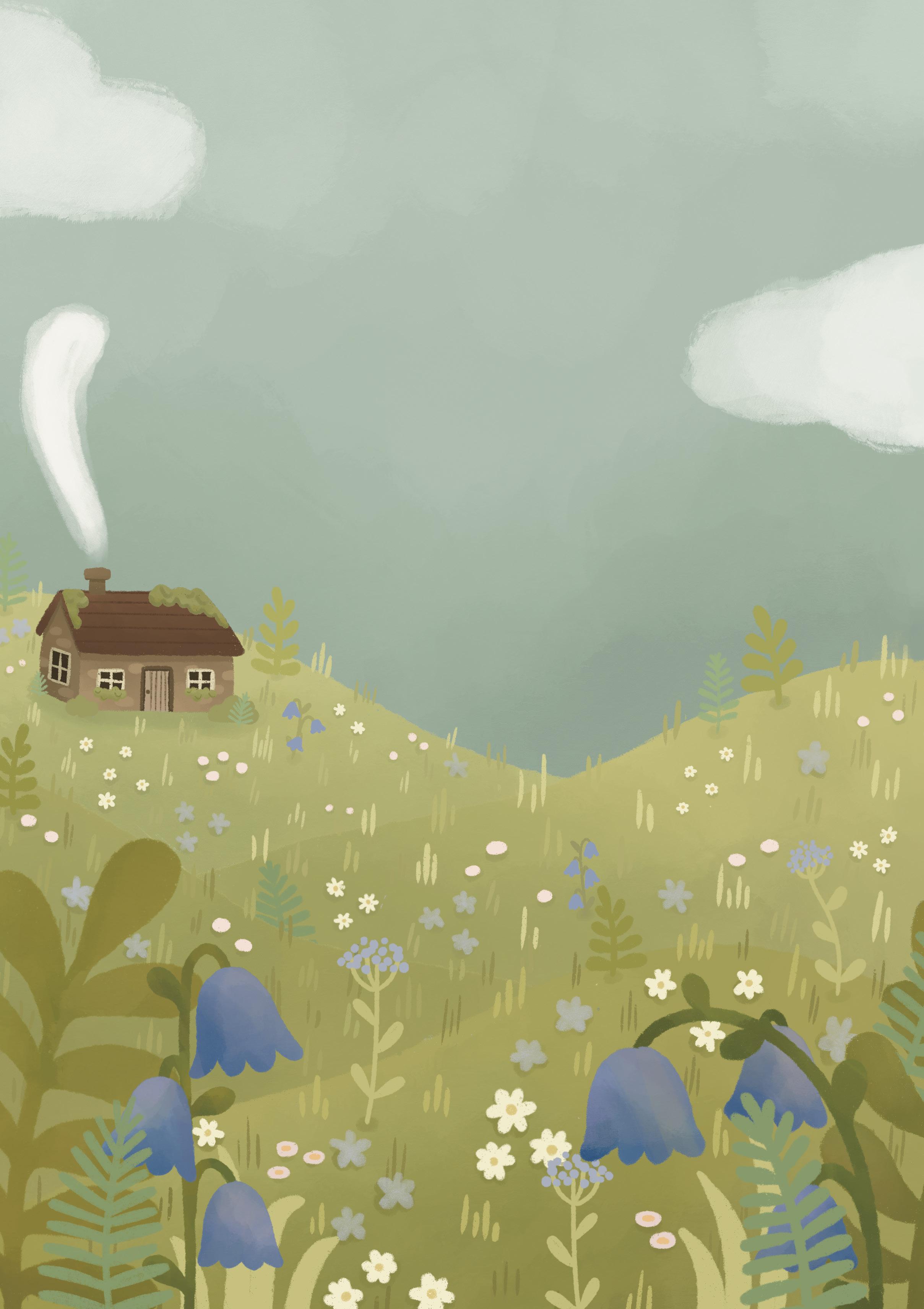
Explore the world of the Alps and discover how alpine plants and animals are adapting to their changing environment. In this book you’ll find marmots, ibexes, bears, mountain hares, butterflies and lots of beautiful plants. This book celebrates how wildlife is always finding ways to adapt and stay resilient to changes in their environment.
